Upland Game Bird Habitat Requirements and Management Tips

Regardless of where they live, upland birds need nesting sites, brood-rearing areas, and escape cover. Here’s why birds need them and how land managers can help support them.
North America is blessed with a wide variety of upland game bird species. From the forest-loving ruffed grouse to the desert-dwelling Gambel’s quail, there is not a landscape in which some sort of game bird doesn’t thrive. These wildly different habitats might suggest equally different life history needs. However, every game bird species requires nesting, brood-rearing, and escape cover to ensure successful population growth.
These fundamental elements include places to build nests, lay eggs, raise offspring, and find protection from predators and inclement weather. Whether you are a landowner interested in improving your property or a hunter hoping to find more birds in the fall, understanding these shared habitat needs can inspire practical land management efforts and help sustain healthy bird populations for years to come.
Let’s explore just how similar these habitat needs are among upland game birds, regardless of whether they live in woodlands or grasslands.
Nesting Habitat
No matter the gamebird species, females must find suitable, safe places to nest. The components of a good nest site vary across the country, but they have a few things in common.
All upland game birds nest on the ground. This makes them very vulnerable to a wide host of nest predators. Therefore, nests must be well-concealed. Most nesting sites include some kind of overhead cover, which thwarts the ability for predators to find the nests. For most quail species, nesting habitat typically includes some kind of bunch grass. Quail will tuck a nest into the grass and pull the vegetation over the nest bowl to enhance concealment. Some quail species may also nest under small shrubs or cacti for further protection from predators.
Similarly, sage grouse cozy up under a large sagebrush plant that affords good overhead and side protection. Prairie grouse nest in grass clumps much like quail, and ruffed grouse like to tuck their nest into woodland brambles or other protective cover to provide the ultimate concealment.
For nesting upland birds, the name of the game is concealment and overhead cover. The substrate may vary from Florida to Oregon, but the concept remains the same. Private landowners and habitat managers from coast to coast can support game bird populations by helping provide nesting habitat, whether it’s by planting native grasses and forbs (which benefits pollinators, too), shifting prescribed burn and mowing or haying dates back from early summer to fall, leaving idle field edges, or increasing the amount of overhead cover.
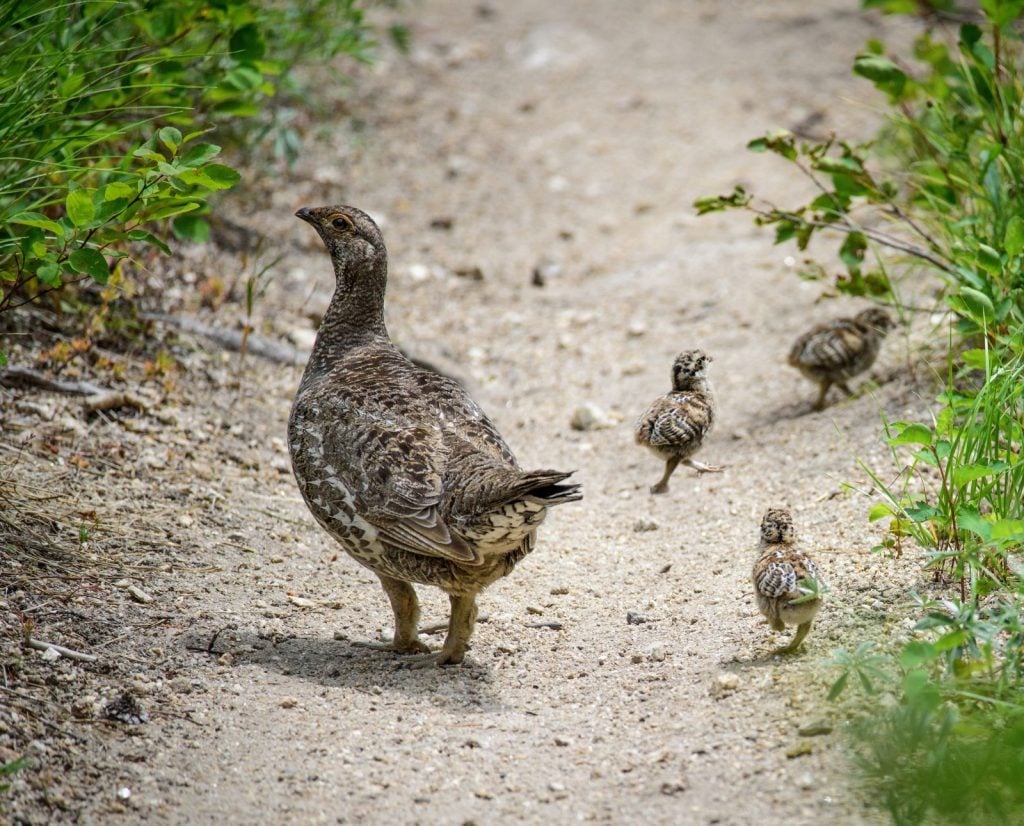
Brood-Rearing Habitat
After their eggs hatch, all game bird chicks require approximately the same habitat and resources no matter where they live. This includes bare ground between plants and access to protein-rich foods, especially invertebrates.
When they hatch, game bird chicks are universally small. Quail chicks are the size of bumblebees when they hatch, and pheasant chicks are the size of a chicken egg. They are all precocial at birth, meaning they leave the nest immediately, following a parent to find food.
Bare Ground
While mobile, chicks are still small and fragile. Their legs cannot penetrate heavy cover. Game bird chicks must have bare ground of some type to be able to move and find food. By bare ground, we mean interstitial places between plants, not large bare areas like a disced field. Habitats in the western United States usually have lots of bare ground between plants due to the lower rainfall. Sometimes, there is too much bare ground and not enough vegetation out west, reducing a hen’s ability to raise a brood. The eastern U.S. tends to have the opposite problem: too little bare ground. This is due to higher rainfall. Midwestern game bird management in places like Indiana or Missouri often takes more effort to ensure enough bare ground is available.
Bare ground is critical for chicks to catch invertebrates, which are the number one food resource for all upland gamebird species across North America. Invertebrates like grasshoppers and spiders are made up nearly entirely of protein, and protein is the building block of chick growth. Chicks quickly grow feathers and increase their body size to help them fly within a couple of weeks, which dramatically reduces their susceptibility to predation.
Precipitation (Or Lack Thereof)
Depending on rainfall, invertebrates in western prairies, deserts, and sagelands may be few and far between. As a result, precipitation is the number-one factor in producing enough moisture-bearing plants that attract the invertebrates needed for supporting high fall populations of birds. Game bird habitat in farm country and eastern prairies usually produces enough invertebrates for chicks, but bare ground could be limited due to thick grass.
This balance between having enough moisture to produce insects—but not too much to preclude chick movements—is one of the most frustrating aspects of game bird management. Some places must pray for rain to have good fall numbers, and others pray for rather droughty conditions to limit plant growth. That said, strategies land managers can employ to support brood-rearing habitat including increasing bare ground in areas rich in invertebrates, delaying mowing, haying, or burning until fall, and increasing the moisture levels in extremely dry areas via free standing water, guzzlers, or even Zeedyk structures.
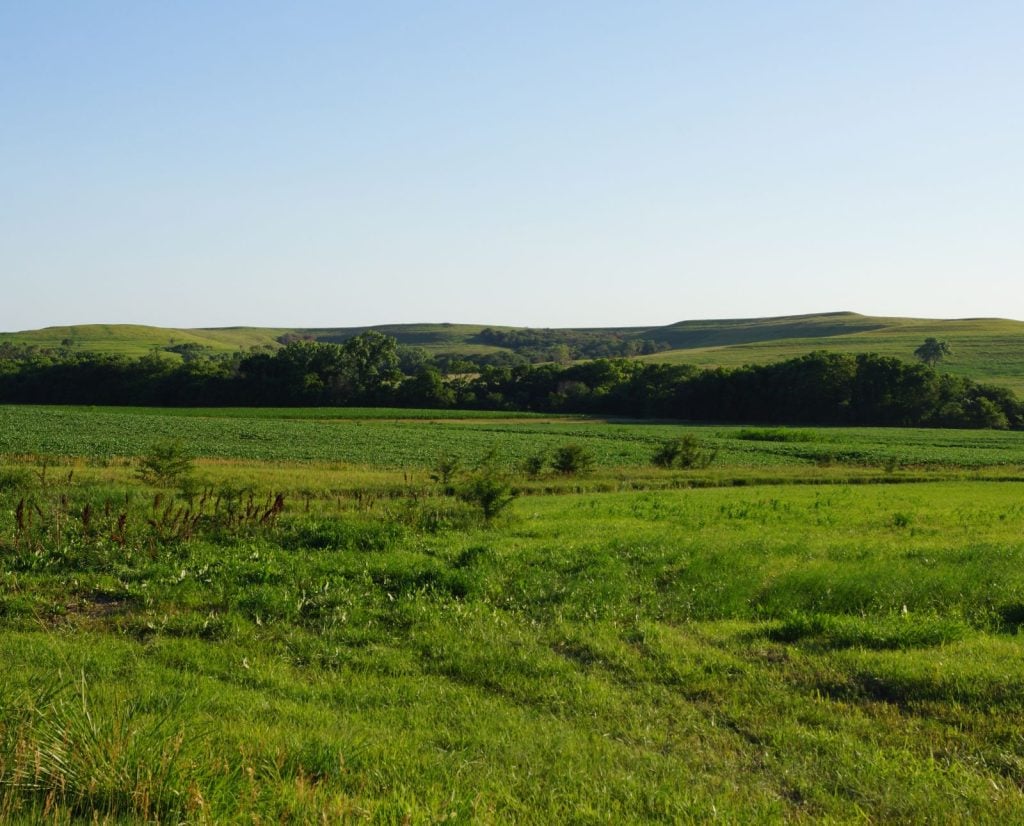
Escape Cover
The final piece to the upland game bird habitat puzzle is escape cover. Escape cover provides protection from predators and inclement weather. In many places around the country, escape cover takes the form of woody cover. Think aspen cutovers and alder swamps for ruffed grouse, brush-filled washes for desert quail, and plum thickets for bobwhite. This brush not only provides some protection from predation, but also it serves as a space for cooling off during the hot summer, or escaping the wrath of harsh winter weather. Brush and trees can be especially important in the winter for sharp-tailed grouse, Hungarian partridge, and pheasants. Consider how many of these species you’ve kicked out of a shelter belt on a snowy afternoon in the Great Plains.
Herbaceous cover can also serve as great escape cover if the height and structure are correct. This is especially true for greater prairie-chickens because they rely on grass for nearly all their cover needs. I’ve seen a few prairie chickens taking refuge in the shade of hedge trees and plum thickets in the hottest weather, but many don’t live anywhere near woody cover and do just fine. Ring-necked pheasants also are very fond of using tall, thick herbaceous cover to hide from predators, including hunters, and to stay warm during heavy snow. Thick CRP fields with native grasses and cattail swamps are go-to spots when the temperatures plunge and the snow flies. Other species, like sage grouse and chukar, use more niche cover such as taller sagebrush. Their escape cover falls into the category of woody cover, but it is different from the traditional woody cover most hunters think about.
Three examples of land management practices private landowners looking to increase escape cover can do are supporting the growth of thickets or tall herbaceous cover, providing a patchwork of escape cover and feeding areas, and constructing brush piles.
More To Come: Upcoming Deep Dives Into Habitat-Specific Needs
This article was just a primer to introduce the most important habitat needs for upland game birds across the country. In future articles, we will break down these needs at a local level, looking at birds that live in prairies, a matrix of rangeland and cropland, and heavy cropland. We will also dive into more regionally-specific land management practices landowners can use to support upland bird habitat needs.
Game birds are fascinating critters. As more folks gain a deep understanding of their habitat needs, there will be an opportunity to help more birds exist on the landscape in addition to increased fall hunting success and enjoyment.




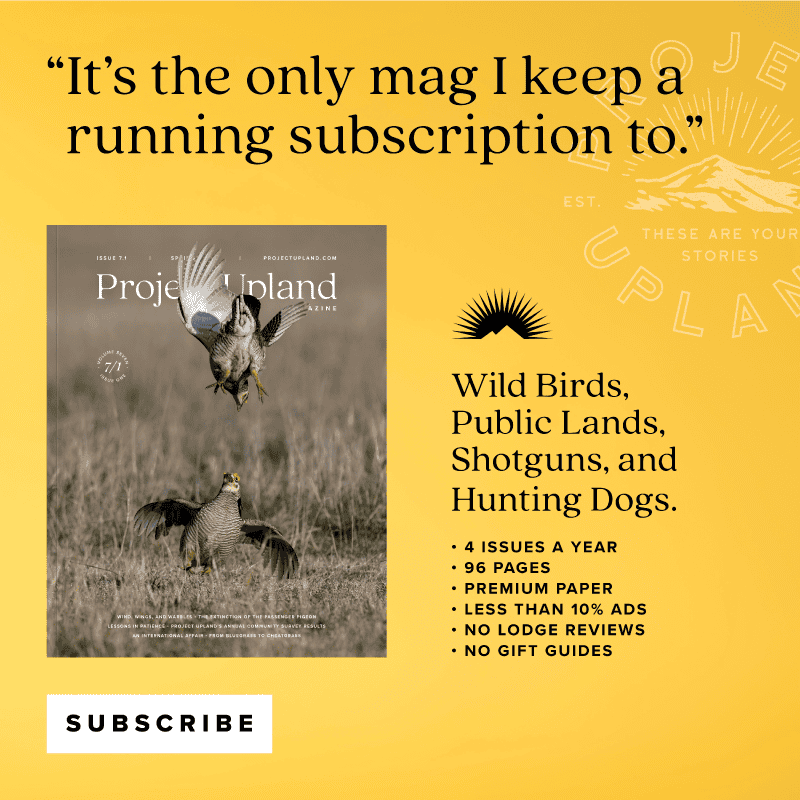
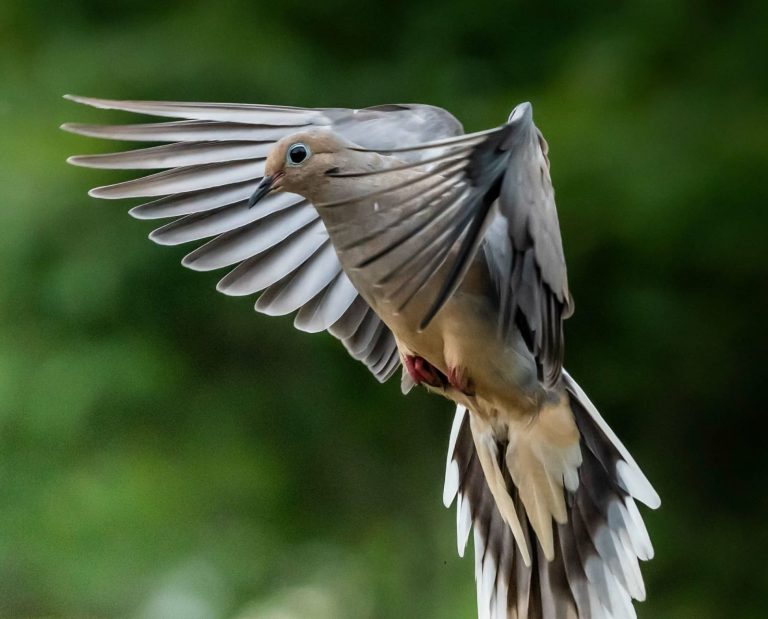
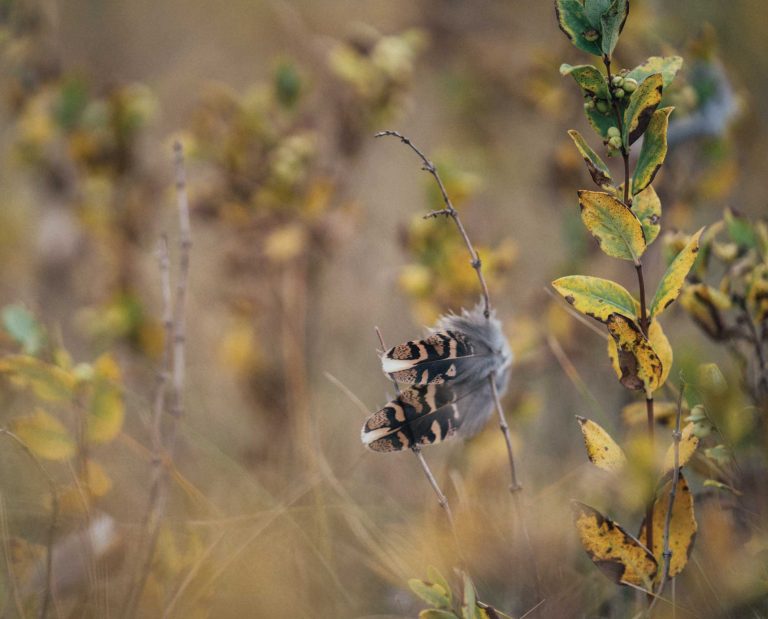

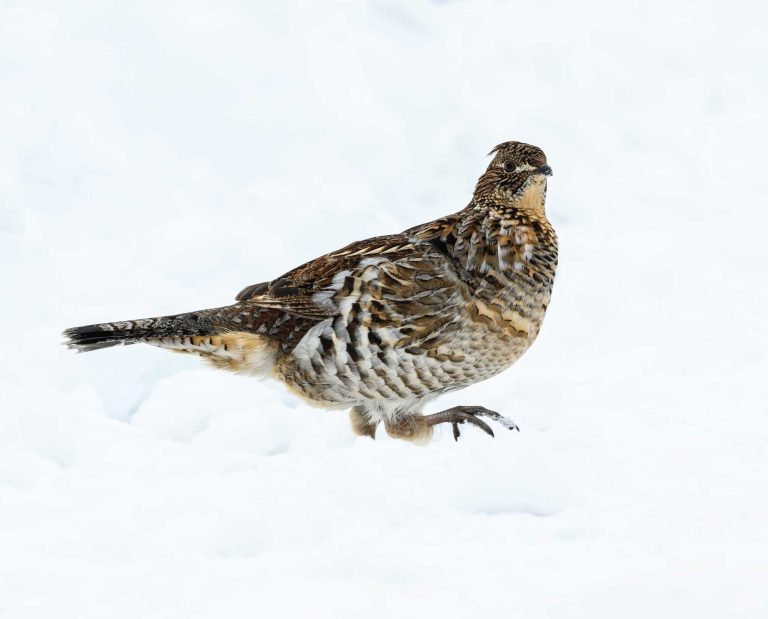
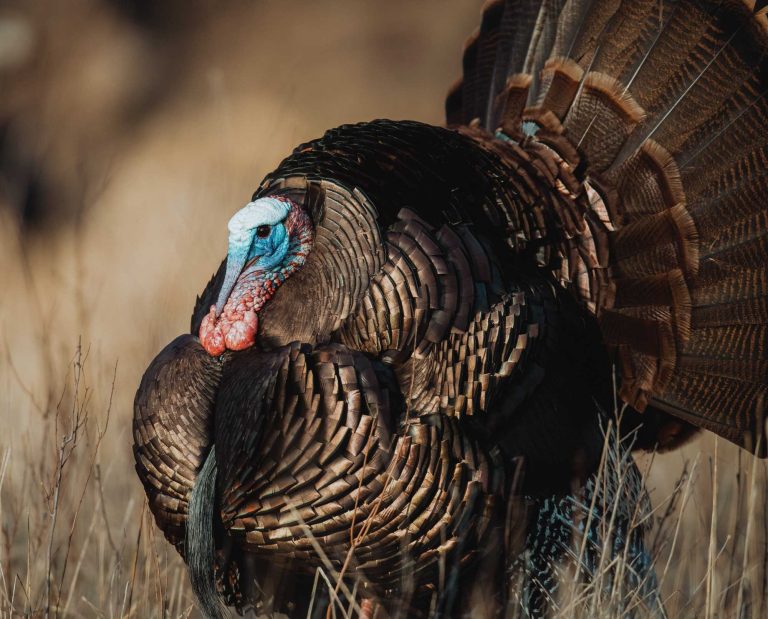
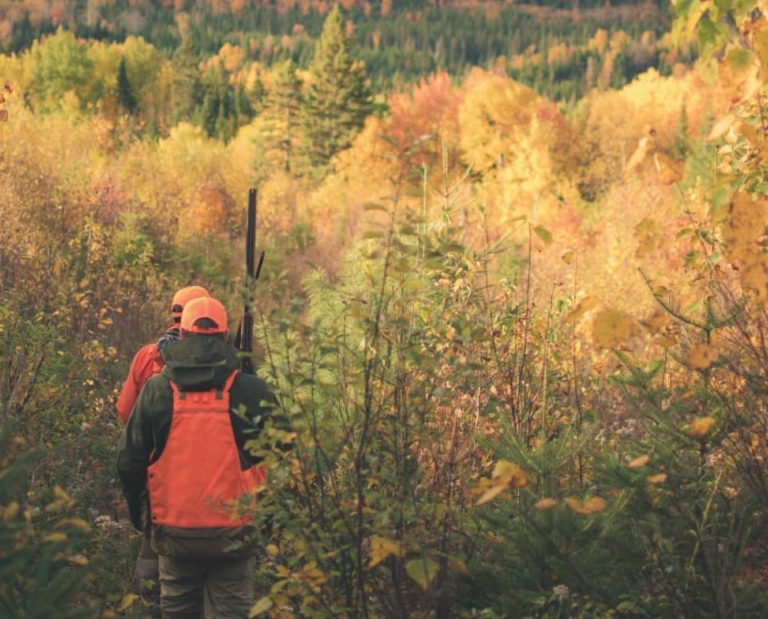
Along with a few friends we have acreage in Michigan’s Upper Peninsula where we hunt ruffed grouse and woodcock. We are always searching for additional ways we can improve our upland specific habitat – so, we’ll be looking forward to the upcoming articles.